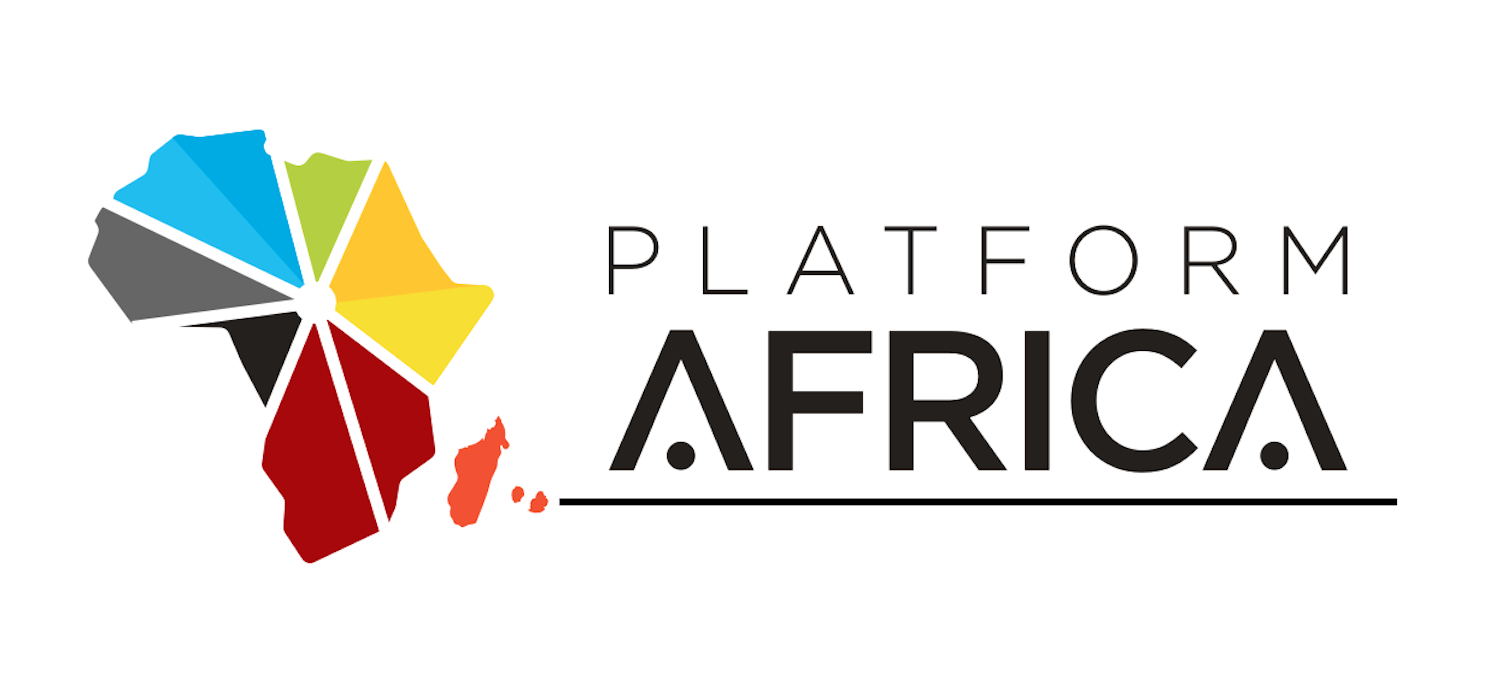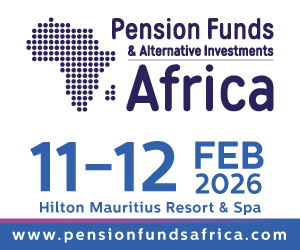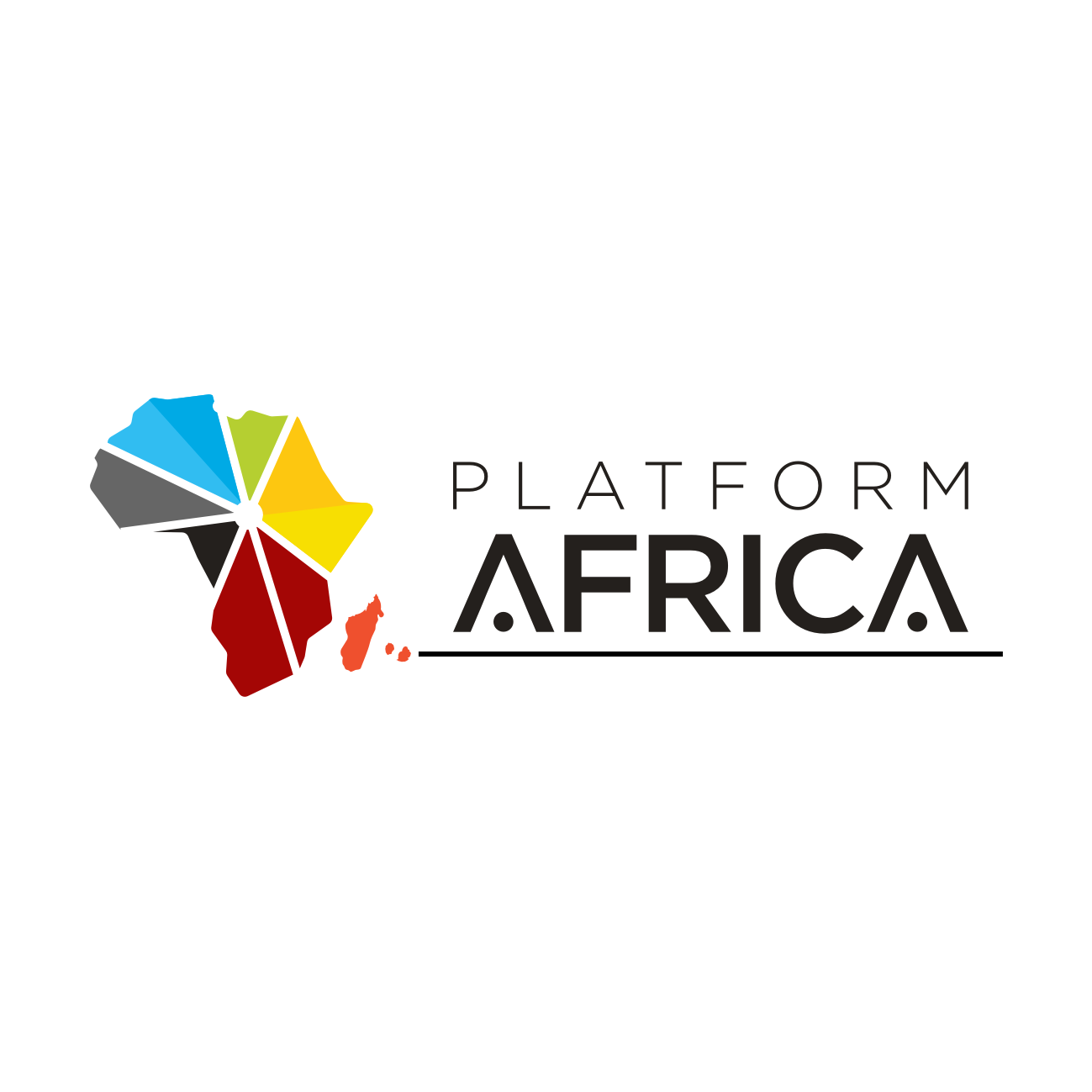By
Vishal Bhidu
Campus Abroad Mauritius in collaboration with SBI (Mauritius) hosted a lecture delivered by the former chairman of Niti Aayog in India Dr Rajiv Kumar on Saturday, July 22. The lecture themed, “Resurgent India – Ideas, Priorities and Exploding Aspirations” drew a huge crowd listening in rapt attention to Dr. Kumar, a renowned Senior economist who has to his credit several notable achievements having previously served with the Ministry of Finance when India kicked reforms and opened the Indian economy during 1991-94, Chancellor at the prestigious Gokhale Institute of Politics and Economics in Pune and an Independent director at the Reserve Bank of India and State Bank of India. Dr Kumar was recently in Mauritius during the India-Africa Entrepreneurship Forum.
At the outset, Dr Kumar threw open a teaser to the audience in the form of a hypothesis where he told: “We are in the midst of India’s moment in history which we should all look forward to and translating into making the 21st century as India’s century. Now, the question is why it is India’s moment?”
India Growth story as favorite story
“Starting globally, all eyelids are on India whether it’s the US, Australia, or Japan where they are not just seeing the country as a geopolitical partner but as a driver of global economic growth. India’s economic prospect carries the most potential looking at the size of the economy, talent, and resources harnessing the way to develop entrepreneurship. Reason why India’s story has become the favorite story,” the senior economist added.

Dr Kumar spoke in the context of India’s growth path going back in time since 1991 onwards where there was a continuity of commitment to pave the way for economic reforms in giving greater space and supporting private enterprises, building India’s investment while offering Government support to the private sector as part of ongoing efforts to help improve the eco-system.
“I served as member of the Finance Ministry during the period of 1991-95 overlooking the balance of payment where India had only 2 weeks of reserves left for imports.”
A comparison is made where the US grew at 6 trillion dollars while India stood at USD 326 million in the 90s and during the years between 1990-2020, China clocked an average growth rate of 10 percent per annum at 13,000 USD per capita as opposed to India at 6.4 percent with 3,000 USD per Capita.
“The time is now for India to achieve the same rate of growth we clocked in 200 years ago and can we aspire this at the end of 100 years of our independence by hitting 18 percent growth in the global economy by 2050?” he asked.
During the first century AD, India’s share of the world economy stood at 30 percent while China was at 27 percent, and in the 18th century, we were at 18 percent. A firm belief, he says, for India to grow at 9.5 percent which he repeatedly emphasized during the talk and interaction with the audience. Dr Kumar stressed: “It’s a simple growth compound. Assumed today in PPP terms the world economy would grow 256 trillion in 2050 while in nominal terms, the world is currently at 100 trillion and poised to grow at 200 trillion USD in 2050 as per the UN projection. Comparatively, India stands at USD 3 trillion economy. It’s not good enough. We need to grow from USD 3 trillion to reach USD 36 trillion accounting for USD 2OO trillion implying 12 times growth. It seems enormous.”
The time, he tells, has come for all of us not to only aspire and work for that to see India emerge as a global power, to be ranked as the second or third world’s largest economy, and to be looked at in leveraging global solutions. The time and conditions are propitious for this to happen. Dr Kumar also referred to his organization, Pehle India (India first) which is developing a project called Bharat 800. The former chair at Niti Aayog also insisted on the need for Bharat (Rural India) to develop as India (Urban India develop).
“I insist for us to grow at 9.5 percent. We can and we must. At the same time, we must also undertake to reduce our carbon footprint as we grow at this rate since nobody even tried. Europe, America, North and South America, and even China plundered nature while trying to grow at this rate,” he averred.
Districts as engine of growth, India is Today and Africa is Tomorrow
Pursuing further, Dr Kumar stated: “There are 750 districts in India where each one is an engine of growth and we need to know the level and nature of district development. As we speak about economic mapping trickling to resources, this process calls for greater accountability in terms of governance for the people in the country where already many state governments are speaking on the same lines whether it’s the ruling party or opposition. This can be and will be India’s moment where we must work together to make it a reality.”
During the interaction, Dr Kumar also discussed the rate at which Bharat should grow where he gave the example of a state like Madhya Pradesh growing at an average of 11 percent for four years and hence the need to hit 15 percent. “We need to think ambitious,” he says.
The economist also emphasized India is Today. Africa is tomorrow. Today and Tomorrow must come together where we need to think fresh and bold in terms of democracy and social diversity appealing to Africa.

In a statement to Platform Africa, the director at Campus Abroad Mr Jayasankar Seshadri who hosted the talk along with SBI Mauritius told: “Dr. Kumar spoke passionately about India’s growth story. He repeatedly emphasised that the local migration issues and discrepancies in wealth distribution would lessen considerably provided the growth rate achieved is about 9.5 percent. He spoke about the country being divided into the wealthy India where the minority lives and the poorer Bharat where the majority lives. He said this gap could be considerably reduced if the above growth rates are achieved.
A lunch was offered at the event, sponsored by Campus Abroad at Indian Summer restaurant for the guests in the company of Dr Rajiv Kumar where many interacted with him.




